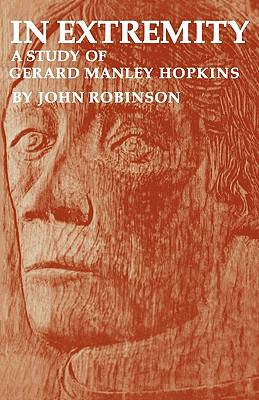
- Afhalen na 1 uur in een winkel met voorraad
- Gratis thuislevering in België vanaf € 30
- Ruim aanbod met 7 miljoen producten
- Afhalen na 1 uur in een winkel met voorraad
- Gratis thuislevering in België vanaf € 30
- Ruim aanbod met 7 miljoen producten
Zoeken
€ 72,45
+ 144 punten
Uitvoering
Omschrijving
This 1978 critical study of the English Jesuit poet Gerard Manley Hopkins provides original readings of the principal poems. It also gives full explanations of such terms as 'sprung rhythm' and 'inscape', and attempts to gauge the effect on Hopkins of the medieval schoolman John Duns Scotus. There have traditionally been two critical theories about Hopkins' work: that it was the result of a conflict between his priestly and his poetic vocations; or that the poetry was given birth and shaped by his training for the priesthood. John Robinson appraises both these theories fairly and sensitively, and puts forward his own view of the poet's development - that in pursuit of his ideals, Hopkins lived the whole of his life 'in extremity' and that the consequences of this are evident in his poetry, in his joy and in his anguish.
Specificaties
Betrokkenen
- Auteur(s):
- Uitgeverij:
Inhoud
- Aantal bladzijden:
- 192
- Taal:
- Engels
Eigenschappen
- Productcode (EAN):
- 9780521297301
- Verschijningsdatum:
- 10/04/1980
- Uitvoering:
- Paperback
- Formaat:
- Trade paperback (VS)
- Afmetingen:
- 140 mm x 216 mm
- Gewicht:
- 249 g

Alleen bij Standaard Boekhandel
+ 144 punten op je klantenkaart van Standaard Boekhandel
Beoordelingen
We publiceren alleen reviews die voldoen aan de voorwaarden voor reviews. Bekijk onze voorwaarden voor reviews.








